Table of Contents
Introduction
In the ever-evolving world of fashion, the term “fast fashion” has become a buzzword, drawing both admiration and criticism. But what exactly is fast fashion? This blog delves into the concept of fast fashion, its origins, the business model, its impact on the environment and society, and what the future holds for this controversial industry.
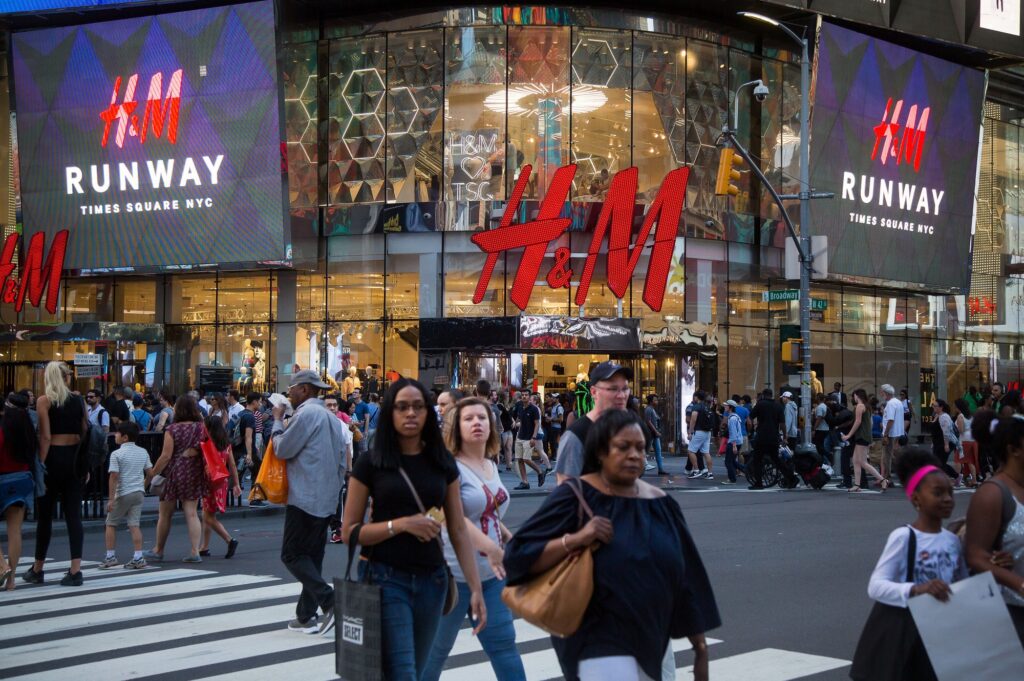
What is Fast Fashion?
What is Fast Fashion? Fast fashion refers to the rapid production of inexpensive clothing by mass-market retailers in response to the latest trends. The primary goal is to quickly translate high fashion designs from the catwalk to retail stores at an affordable price. This business model allows consumers to buy trendy clothes frequently and inexpensively, fostering a culture of disposable fashion.
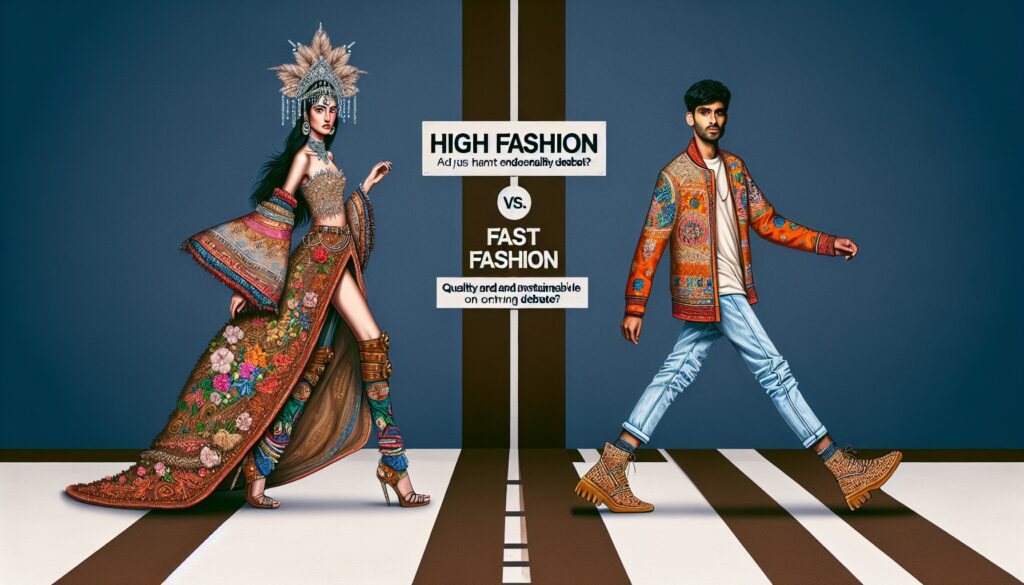
Origins of Fast Fashion
The origins of fast fashion can be traced back to the late 20th century. Retailers like Zara, H&M, and Forever 21 pioneered the concept by adopting a new approach to clothing production. Instead of following the traditional fashion calendar, these brands introduced new collections multiple times a year, sometimes even weekly. This constant influx of new styles entices consumers to shop more frequently.

The Fast Fashion Business Model
The fast fashion business model is built on several key principles:
- Speed: Fast fashion companies shorten the production cycle by using efficient supply chains and technology, allowing them to bring new designs from concept to store shelves in a matter of weeks.
- Cost Efficiency: By outsourcing production to countries with lower labor costs and using cheaper materials, these companies can keep prices low.
- Trend Replication: Fast fashion brands closely monitor runway shows, celebrity styles, and social media to quickly replicate the latest trends.
- High Turnover: Frequent introduction of new collections encourages customers to visit stores often, increasing sales volume.
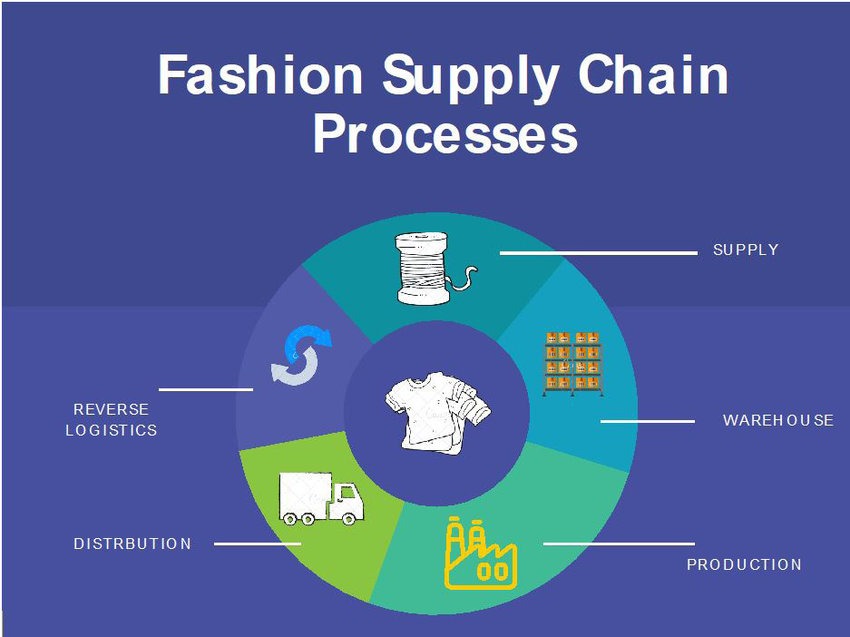
Impact on the Environment
One of the most significant criticisms of fast fashion is its environmental impact. The industry’s rapid production and consumption cycle contribute to significant environmental degradation:
- Waste Generation: Fast fashion encourages a throwaway culture, leading to massive amounts of textile waste. According to the Environmental Protection Agency (EPA), millions of tons of clothing are discarded each year.
- Resource Depletion: The production of fast fashion relies heavily on natural resources. Cotton farming, for instance, requires vast amounts of water and pesticides, while synthetic fibers like polyester are derived from petroleum.
- Pollution: Textile dyeing and treatment processes are major sources of water pollution. Additionally, the use of synthetic fibers contributes to microplastic pollution in oceans.
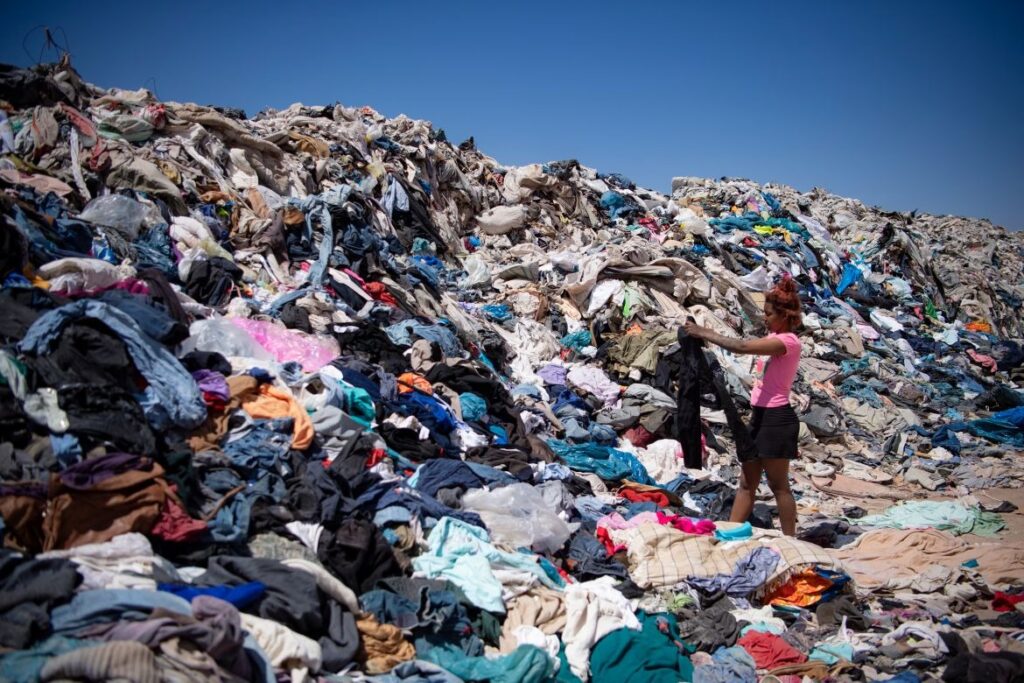
Social Impact
Fast fashion also has significant social implications:
- Labor Exploitation: To keep costs low, fast fashion companies often outsource production to countries with lax labor laws. Workers in these countries, many of whom are women and children, often endure poor working conditions, long hours, and low wages.
- Economic Impact: While fast fashion provides affordable clothing, it also undermines traditional textile industries in many countries, leading to job losses and economic instability.
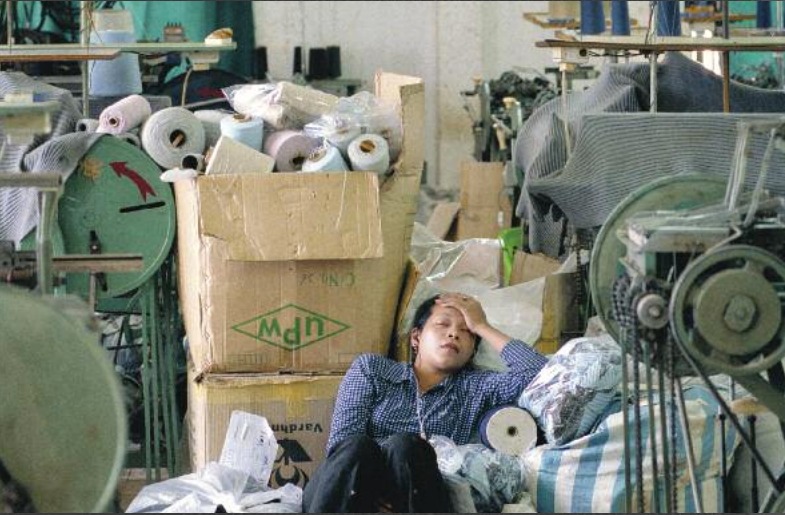
Consumer Behavior and Fast Fashion
Fast fashion has reshaped consumer behavior in profound ways. The constant availability of new, affordable styles has made shopping a frequent and habitual activity for many. Social media platforms, particularly Instagram and TikTok, amplify this effect by promoting the latest trends and encouraging rapid consumption. This shift towards a culture of instant gratification and disposability is a stark contrast to the past, when clothing was often seen as a long-term investment.

The Future of Fast Fashion
Despite its popularity, fast fashion faces mounting criticism and challenges. Increasing awareness of environmental and social issues has led to a growing demand for sustainable and ethical fashion. Consumers, especially younger generations, are becoming more conscious of the impact of their purchasing choices.
- Sustainable Practices: Some fast fashion brands are beginning to adopt more sustainable practices, such as using recycled materials, improving supply chain transparency, and promoting clothing recycling programs.
- Regulation and Accountability: Governments and organizations are pushing for stricter regulations to hold fast fashion companies accountable for their environmental and social impact.
- Consumer Shifts: There is a rising trend towards slow fashion, which emphasizes quality over quantity, ethical production, and sustainable materials.
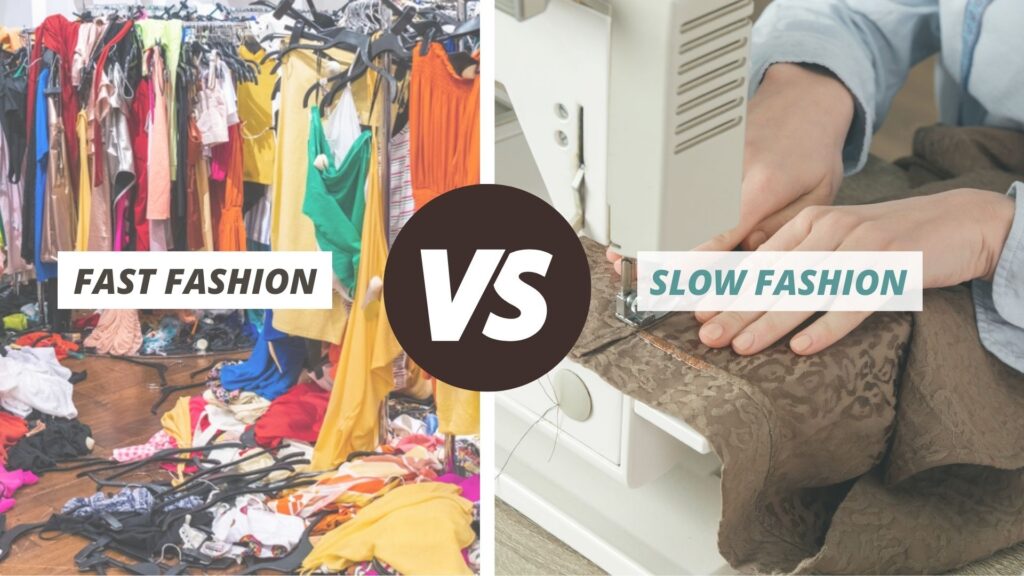
Conclusion
Fast fashion has undoubtedly revolutionized the fashion industry, making trendy clothing accessible to the masses. However, its environmental and social costs are significant and cannot be ignored. As consumers, we have the power to drive change by making more informed and sustainable choices. The future of fashion lies in balancing style with responsibility, ensuring that our fashion choices do not come at the expense of the planet or its people.
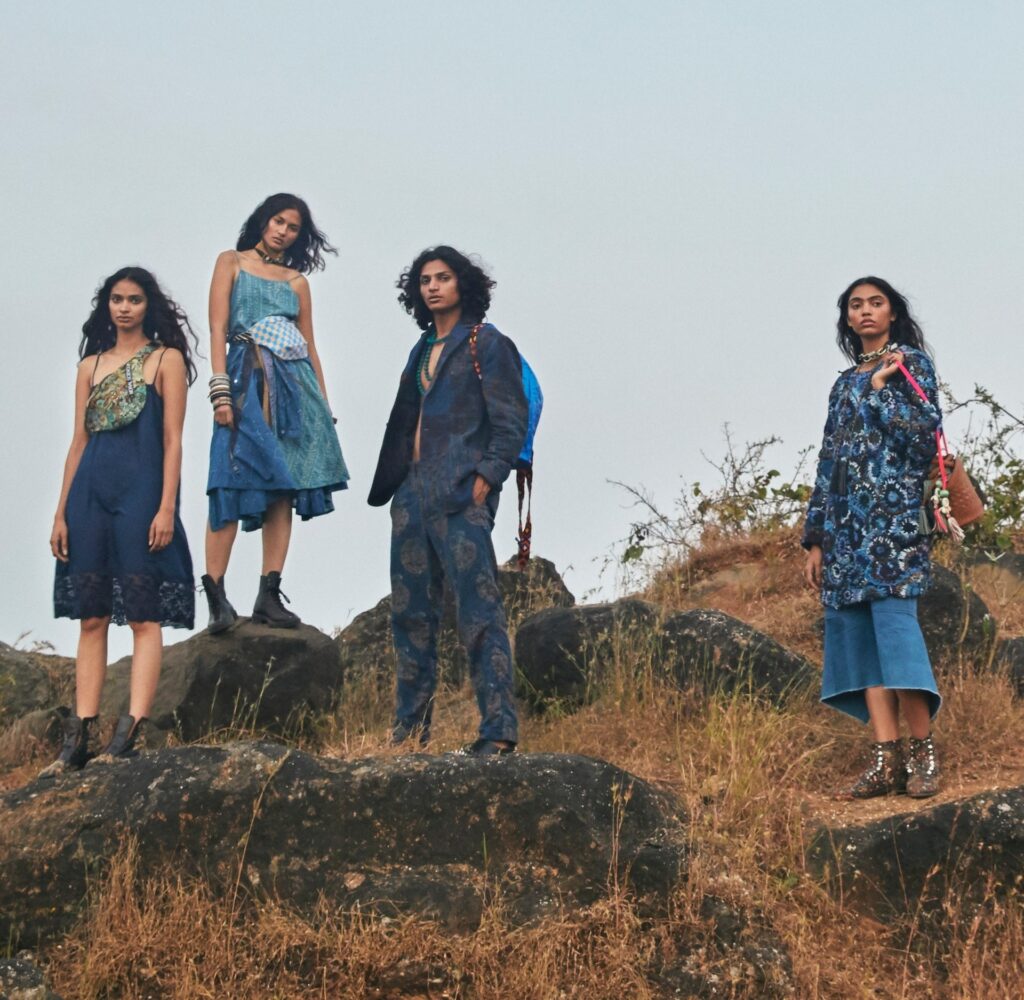
Call to Action
As we conclude, it’s essential to reflect on our own shopping habits. By choosing to support sustainable brands, recycling our clothes, and reducing our consumption, we can collectively make a positive impact. Let’s be part of the movement towards a more ethical and sustainable fashion industry.




